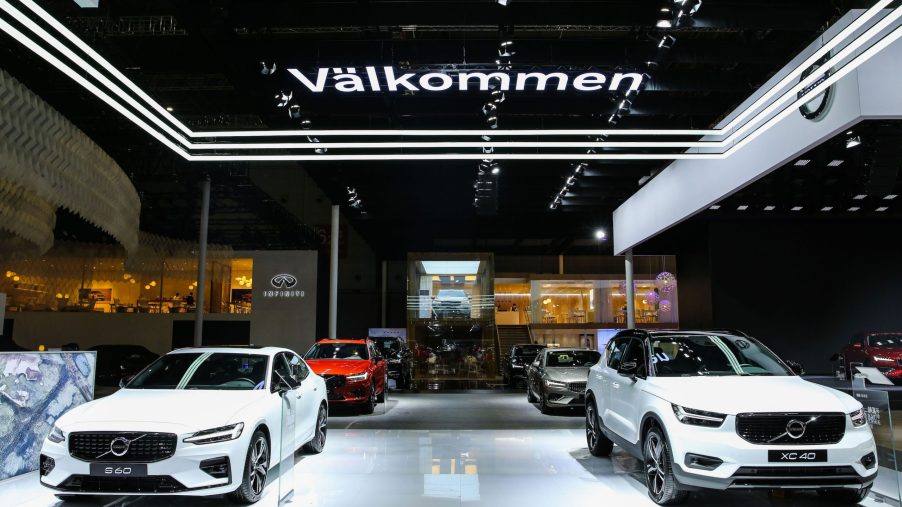
Is Volvo a Luxury Brand?
Ten years ago, virtually any vehicle equipped with a digital infotainment system would’ve been defined as the pinnacle of luxury. With such advanced technology now commonplace in every class of car, the line between standard and luxury rides is getting harder to define. After all, every brand seeks to provide comfortable and safe trips for their drivers. As everyday brands get better and better at recreating luxury experiences, consumers begin to associate new logos with top-class titles. Founded in 1927, Volvo has long been a familiar name. Now, however, it’s finding itself placed among high-end competition.
Volvo was built for safety and practicality
From its Swedish inception, the Volvo brand was designed for pure practicality. It aimed to transport its passengers from point A to point B efficiently and safely. Even its name, Latin for “I roll,” implies the straightforward nature of the company: it made cars. They rolled.
The original designs of the vehicles, according to Volvo’s website, were crafted with the goal of protecting passengers from Sweden’s harsh climate. Much of the first branding scheme behind the cars was based on strength, with its logo depicting the Swedish symbol for iron.
The cars had such a reputation for standard reliability, in fact, that they were commonly used as delivery trucks or transport vehicles. The solid body of the car became synonymous with business and work. Although the early Volvos were not uncomfortable by any means, they didn’t make much of an effort to extend beyond what they claimed to be: a car.
Some think the brand has made the jump to luxury
Of course, any company that has been in existence for nearly 100 years is bound to go through some transformations. Business Insider asserts that Volvo always had the potential to be a more luxurious vehicle, noting its foray into the genre as early as 1933. This classy vehicle, dubbed the PV 654, came with “an upgraded, plush interior, twin spare tires and a reversing light.”
The goods manufacturing slow-down that accompanied World War II saw Volvo halt their car production. When they came back to the market, it was with the PV60 — a safer option that returned to their classic roots. It wasn’t until 1968, the year of the PV 164 and its leather interior, that Volvo made another play for the luxury market. What followed was an era of the S90 — a boxy wagon sometimes completed with velour seating and a limousine upgrade.
Ford’s takeover of the brand in 1999 took it back to the basics. The S80 was a standard and safe sedan that served as the company’s flagship for many years and model generations. Recently, however, Volvo has relaunched the S90 as a super-sized, swagged-out S80 that may finally earn Volvo the luxury stamp of approval.
Volvo remains humble and true to its roots
The S90, along with supercars like the XC60, has offered amenities and features that have long been associated with the luxury class. The brand has honed in on providing a quiet ride, with plush interiors. With the standard XC90 starting at $48,000, Volvo’s price tags are also starting to point to a more high-end audience.
Volvo itself has yet to proclaim itself as “luxury,” however. They asserted in a press release that the brand “defines its own version of luxury.” Björn Annwall was quoted as saying, “We have always approached design and the entire car experience from a human perspective, and I believe that this is what makes our cars increasingly relevant.”
This focus on the human consumer continues to be reflected in their tremendous safety standards. And while peace of mind is priceless to some, others still assert that the Volvo lacks the engine power to truly roar onto the luxury scene.


